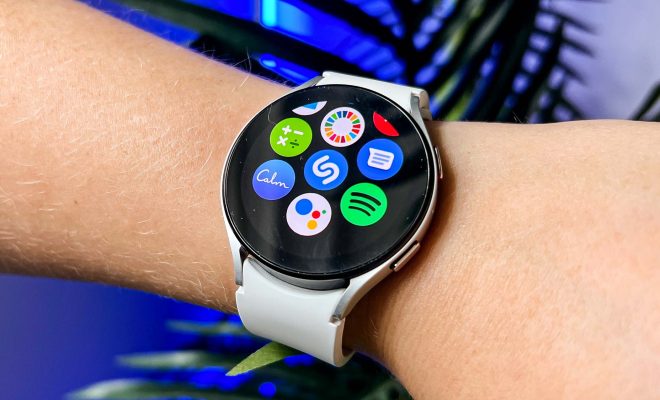Streaming Video Viewing Will Surpass Cable TV Before The End Of This Year

As we enter the final quarter of the year, there is a palpable shift occurring within the entertainment and television industry. Streaming video platforms have been steadily gaining ground in recent years, and new research now suggests that they will officially surpass cable TV before the end of this year.
The rapid growth of streaming services can be attributed to an increasing number of consumers opting for digital streaming over traditional cable services. In recent years, we have witnessed a continuous decline in cable subscriptions, while streaming services have experienced exponential growth. This phenomenon is often referred to as “cord-cutting,” which refers to viewers canceling their cable subscriptions in favor of streaming platforms.
There are several factors that contribute to the massive popularity of streaming services. One key advantage is the flexibility they offer, allowing users to watch content when and where it suits them best. Unlike traditional cable programming with fixed schedules, consumers can customize their viewing experience by accessing their favorite shows and movies on-demand.
Another significant driver behind this shift is pricing. Streaming services are known for offering more cost-effective options than cable providers. With monthly subscriptions often costing a fraction of what one would pay for a traditional cable package, it’s no wonder that many people are making the switch.
The rise of original content has also played a crucial role in pushing streaming platforms past cable TV. Companies like Netflix and Amazon Prime Video have invested heavily in creating their own TV series and movies, some which have even surpassed the success and quality of well-established content on classic networks. This dedication to giving consumers what they want has undoubtedly set them apart from cable competitors.
Moreover, the accessibility of streaming platforms is unparalleled. A subscription can be accessed from practically any device, including smartphones, tablets, smart TVs, and laptops—all you need is an internet connection. Additionally, major streaming services are available worldwide rather than being limited to specific geographic locations like most cable providers.
It’s important to consider the implications of this shift in consumer preferences. As streaming continues to outpace cable, the traditional television industry must reassess its approach or risk becoming obsolete. This transition is likely to lead to further innovation in programming and content delivery methods, ultimately benefiting the end consumer.
In conclusion, streaming video services are undoubtedly on track to surpass cable TV subscriptions by the end of the year. The current trends suggest that we can expect this momentum to continue as consumers look for more personalized, affordable, and high-quality entertainment experiences. As we anticipate this landmark change in the world of television, it’s worth considering how this may impact our viewing habits and what innovations lie ahead for both streaming platforms and cable TV providers.




